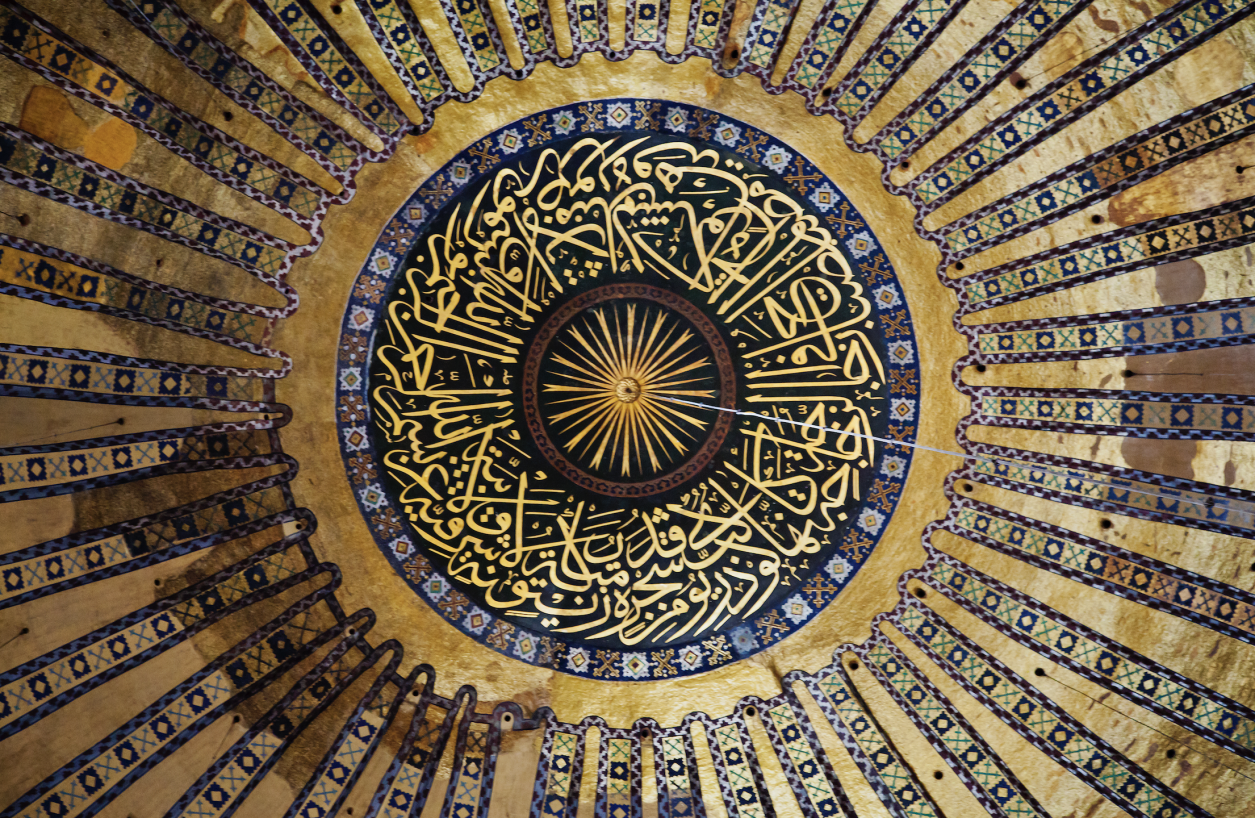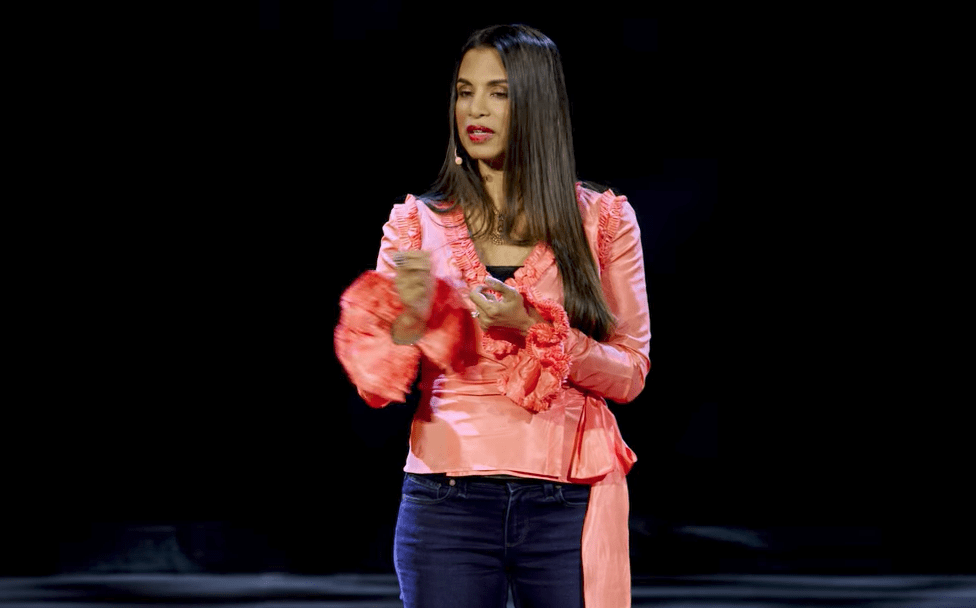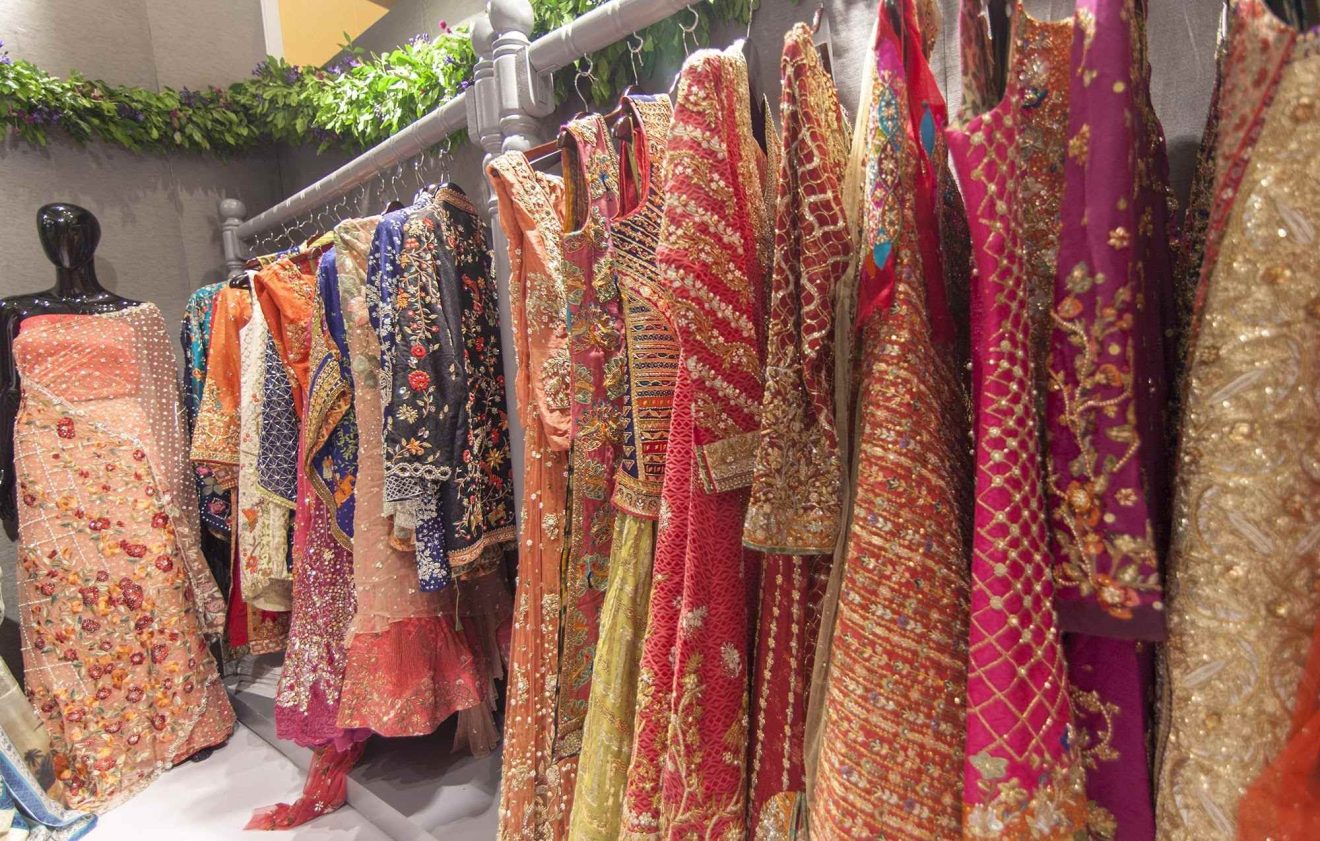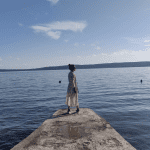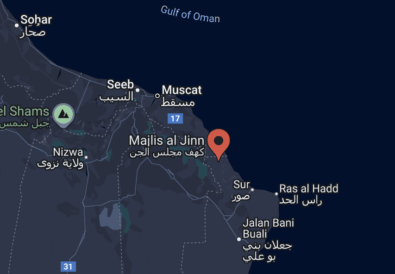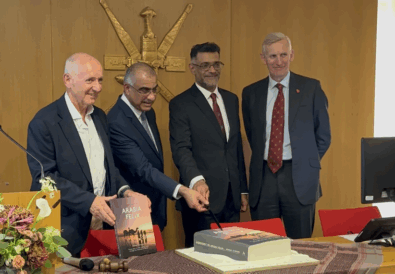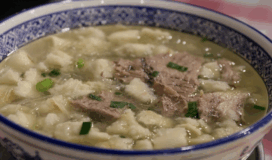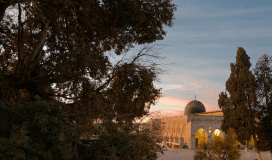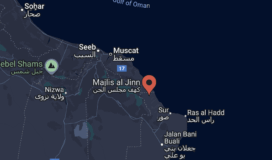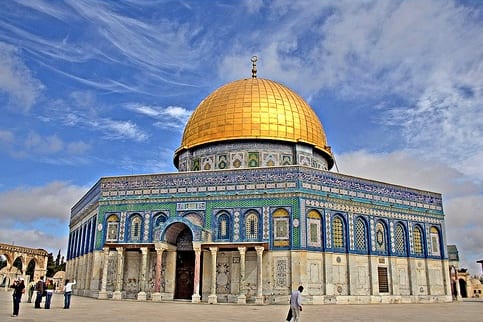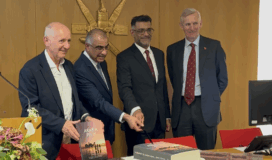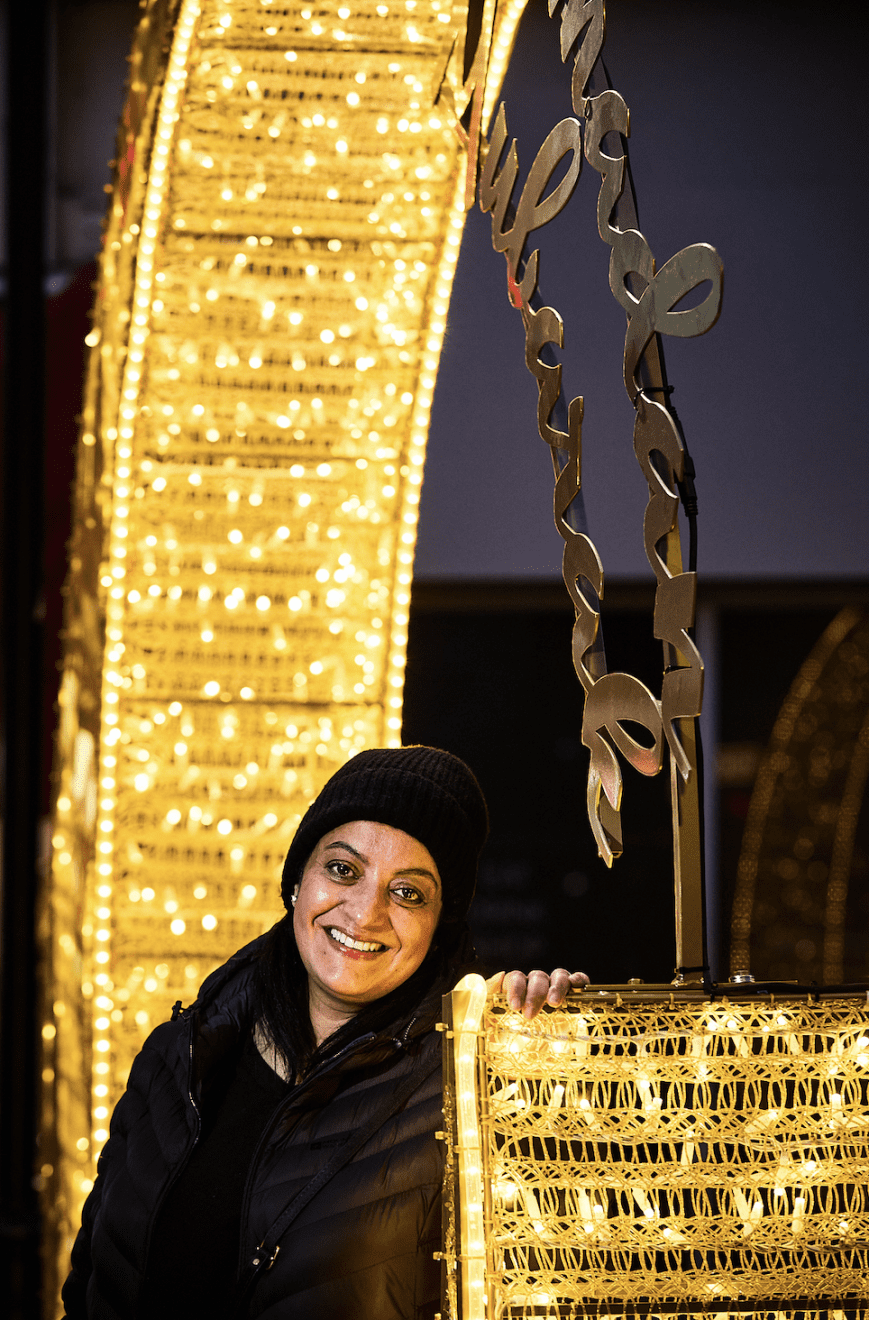The Blue Mosque, known as the Sultanahmet Camii in Turkish, is one of Istanbul’s most iconic landmarks. This magnificent mosque, famous for the stunning blue Iznik tiles that adorn its interior, was commissioned by Sultan Ahmed I and built between 1609 and 1616 during the height of the Ottoman Empire.
A Historical Masterpiece
The Blue Mosque is the culmination of centuries of Ottoman and Byzantine architectural influence. Its design incorporates elements of the neighboring Hagia Sophia, blending traditional Islamic aesthetics with grandeur and scale inspired by Byzantine churches. It was designed by the architect Sedefkâr Mehmed Ağa, a student of the great Mimar Sinan, with the goal of achieving an awe-inspiring combination of size, majesty, and intricate beauty. The mosque remains an active place of worship, but it is also one of the most visited historical sites in Istanbul. It houses the tomb of Sultan Ahmed I, a madrasa (Islamic school), and a hospice, emphasising its historical significance beyond being just a place of prayer.
Architectural and Artistic Splendour
The interior of the Blue Mosque is adorned with over 20,000 handmade ceramic tiles from Iznik (Nicaea), featuring more than fifty unique tulip designs. At lower levels, the tiles display traditional Ottoman motifs, while those at the gallery level are more elaborate, depicting flowers, fruit, and cypress trees. These tiles were crafted under the supervision of master artisans such as Kasap Hacı and Barış Efendi from Avanos, Cappadocia.
The mosque’s six towering minarets sparked controversy at the time of its construction, as they matched the number of minarets at the Ka’aba in Mecca. To resolve this issue, Sultan Ahmed I ordered the construction of a seventh minaret at the Grand Mosque in Mecca.
Visiting the Blue Mosque in 2025
The Blue Mosque remains open to both worshippers and tourists. Visitors should be mindful that it is an active mosque, and entry is restricted during prayer times. To ensure a smooth visit: The mosque is open daily, but non-Muslim visitors are advised to check prayer schedules in advance. Modest dress is required: women should cover their heads, and both men and women should wear clothing that covers their legs and shoulders. Scarves and coverings are available at the entrance. Entry to the mosque is free, but donations are welcome for its upkeep.
Guided Tours in 2025
For those looking to explore the mosque in greater depth, guided tours are available in multiple languages. In 2025, several new guided experiences are being introduced, including:
- Historical Walking Tours: Combining visits to the Blue Mosque, Hagia Sophia, and Topkapı Palace for a comprehensive look at Istanbul’s rich history.
- Architectural Insight Tours: Led by experts who delve into the details of Ottoman-era craftsmanship and the significance of the mosque’s intricate designs.
- Evening Cultural Tours: Offering a serene view of the mosque at sunset, along with insights into Islamic traditions and Ottoman history.
How to Get There
The Blue Mosque is centrally located in the Sultanahmet district, making it easily accessible by public transportation. The T1 tram line stops at Sultanahmet Station, just a short walk from the mosque. Nearby attractions include the Hagia Sophia, Basilica Cistern, and the Grand Bazaar, making it an essential stop for visitors exploring Istanbul. Whether you’re interested in its architectural beauty, historical significance, or spiritual atmosphere, the Blue Mosque remains one of the most captivating landmarks in the world. Plan your visit in 2025 to experience its timeless grandeur firsthand.
UK travelers have several options for direct flights to Istanbul, with departures from major airports across the country. London Heathrow (LHR) and London Gatwick (LGW) offer daily flights operated by Turkish Airlines and British Airways, while budget airlines like Wizz Air UK provide services from Luton (LTN). Manchester (MAN), Birmingham (BHX), and Edinburgh (EDI) also have direct connections to Istanbul, making it convenient for travelers from different regions. The flight duration from the UK to Istanbul typically ranges between 3 hours and 55 minutes to 4 hours and 20 minutes, depending on the departure airport.
For those in Scotland and the North of England, Turkish Airlines has plans to introduce direct routes from Glasgow (GLA) and Newcastle (NCL) in the near future. While Bristol Airport (BRS) does not currently have direct flights to Istanbul, ongoing expansion plans may lead to new routes in the coming years.
To find the best fares, travelers can compare prices using booking platforms like Skyscanner or KAYAK. With a range of airlines offering both premium and budget-friendly options, visiting Istanbul has never been easier for UK travelers.
Natasha Syed is the dynamic Editor-in-Chief of British Muslim Magazine, the UK’s premium Travel & Lifestyle publication catering to Muslim audiences. With a passion for storytelling and a keen eye for celebrating diverse cultures, she leads the magazine in curating inspiring content that bridges heritage, modern luxury, and faith-driven experiences.
Under her leadership, British Muslim Magazine continues to set the standard for authentic, and engaging trusted narratives, making it the go-to source for Muslim traveler's and lifestyle enthusiasts across the UK and beyond.


